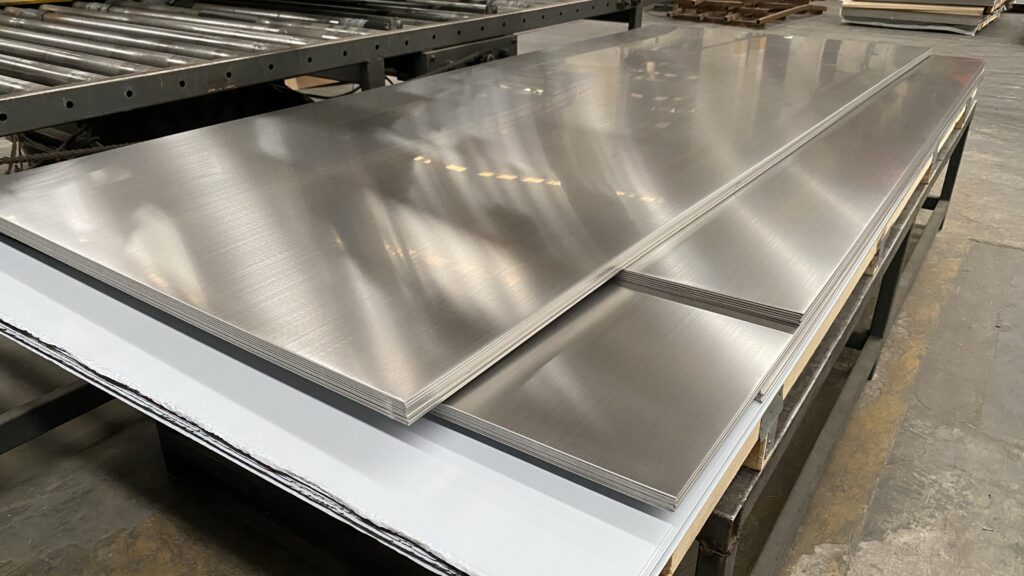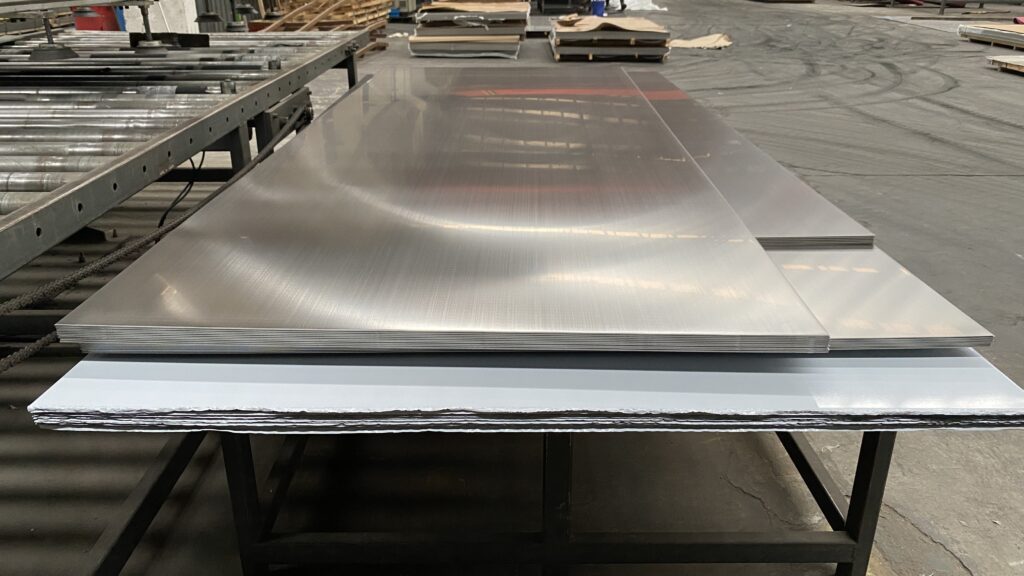Welcome to My Blog!
Before we dive into the content, I’d love for you to join me on my social media platforms where I share more insights, engage with the community, and post updates. Here’s how you can connect with me:
Facebook:https://www.facebook.com/profile.php?id=100090063158454
Now, let’s get started on our journey together. I hope you find the content here insightful, engaging, and valuable.

Introduction
In today’s competitive marketplace, understanding how to compare 304 stainless steel prices effectively is crucial for businesses and individuals involved in construction, manufacturing, or any industry that utilizes this versatile material. The 304 stainless steel price can vary significantly depending on various factors, including supplier, region, and market conditions. This blog aims to provide a comprehensive guide on how to effectively compare prices, ensuring you get the best value for your investment.
Understanding 304 Stainless Steel
1. What is 304 Stainless Steel?
304 stainless steel is one of the most common types of stainless steel, known for its excellent corrosion resistance, high durability, and ease of fabrication. It primarily consists of iron, chromium (18%), and nickel (8%), which contribute to its properties. The versatility of 304 stainless steel makes it suitable for a wide range of applications, from kitchen equipment to chemical containers.
2. Why is 304 Stainless Steel Price Important?
The 304 stainless steel price is a significant consideration for businesses as it directly impacts project costs and profit margins. A thorough understanding of price comparisons helps in budgeting effectively and avoiding overpayment. Moreover, fluctuations in 304 stainless steel price can influence purchasing decisions and project timelines.
Factors Influencing 304 Stainless Steel Price
1. Raw Material Costs
The cost of raw materials, particularly nickel and chromium, has a substantial impact on the 304 stainless steel price. These metals account for a significant portion of the alloy’s overall cost, and fluctuations in their market prices can lead to variations in the price of stainless steel. The following table illustrates the historical average prices of nickel and chromium over the past five years.
| Year | Average Nickel Price (USD per ton) | Average Chromium Price (USD per ton) |
|---|---|---|
| 2019 | $12,000 | $7,000 |
| 2020 | $13,500 | $6,800 |
| 2021 | $18,000 | $10,000 |
| 2022 | $20,000 | $11,500 |
| 2023 | $23,000 | $12,000 |
2. Supplier Reputation
The reputation and reliability of suppliers can also affect 304 stainless steel price. Established suppliers with a strong track record may charge higher prices due to their perceived quality and service. However, it’s essential to balance reputation with cost-effectiveness when comparing prices.
3. Market Demand and Supply
The basic economic principles of supply and demand play a crucial role in determining the 304 stainless steel price. During periods of high demand, prices tend to rise, whereas oversupply may lead to price reductions. Keeping an eye on market trends can provide insights into potential price movements.
How to Compare 304 Stainless Steel Prices Effectively
1. Gather Multiple Quotes
One of the most effective ways to compare 304 stainless steel prices is to obtain multiple quotes from different suppliers. This practice not only provides a clearer picture of the market but also allows you to identify any outliers in pricing. Be sure to specify the same material grade and quantity when requesting quotes to ensure a fair comparison.
2. Consider Total Cost of Ownership
When comparing 304 stainless steel prices, it’s important to look beyond the initial purchase price. The total cost of ownership includes factors such as shipping, handling, and any potential tariffs. Calculating the total cost can reveal significant differences that may not be immediately apparent.
3. Analyze Quality Standards
Not all 304 stainless steel is created equal. Ensure that the material meets relevant industry standards, such as ASTM or ISO specifications. A lower price may sometimes indicate inferior quality, which could lead to increased costs down the line due to failures or rework.
Tools for Effective Price Comparison
1. Online Marketplaces
Utilizing online marketplaces can simplify the process of comparing 304 stainless steel prices. Websites such as Alibaba, Amazon, and specialized metal suppliers provide a platform to view various prices and options. Always check user reviews and ratings to gauge supplier reliability.
2. Industry Reports
Accessing industry reports and market analysis can provide valuable insights into current trends affecting 304 stainless steel price. Many organizations publish reports that track price changes, supply chain issues, and other relevant data.
3. Price Comparison Tools
Some websites offer price comparison tools specifically designed for metals and materials. These platforms allow you to enter specific parameters and receive real-time pricing information from multiple suppliers.
Future Trends in 304 Stainless Steel Pricing
1. Impact of Global Economic Conditions
The global economy significantly influences 304 stainless steel prices. Economic growth in emerging markets can lead to increased demand, driving prices up. Conversely, economic downturns can suppress demand, leading to price reductions.
2. Environmental Regulations
As environmental regulations become stricter, the costs associated with producing stainless steel may rise. Suppliers may pass these costs onto customers, affecting the overall 304 stainless steel price.
Conclusion
Comparing 304 stainless steel prices effectively is essential for making informed purchasing decisions. By understanding the various factors that influence prices and employing strategic methods for comparison, you can secure the best value for your projects. Always consider the total cost of ownership and quality standards alongside initial pricing to ensure you’re making the right investment.

FAQ
1. How often do 304 stainless steel prices fluctuate?
304 stainless steel prices can fluctuate frequently due to changes in raw material costs, market demand, and geopolitical factors.
2. What is the best way to find suppliers for 304 stainless steel?
Researching online marketplaces, industry directories, and trade shows can help you find reputable suppliers for 304 stainless steel.
3. Should I prioritize price over quality when purchasing 304 stainless steel?
While price is important, quality should not be compromised. Inferior quality can lead to higher costs in the long run due to repairs or replacements.
4. Can I negotiate prices with suppliers?
Yes, many suppliers are open to negotiation, especially if you’re ordering in bulk or establishing a long-term relationship.
5. What are the common applications for 304 stainless steel?
Common applications include kitchen equipment, chemical containers, piping, and architectural applications due to its corrosion resistance and aesthetic appeal.
